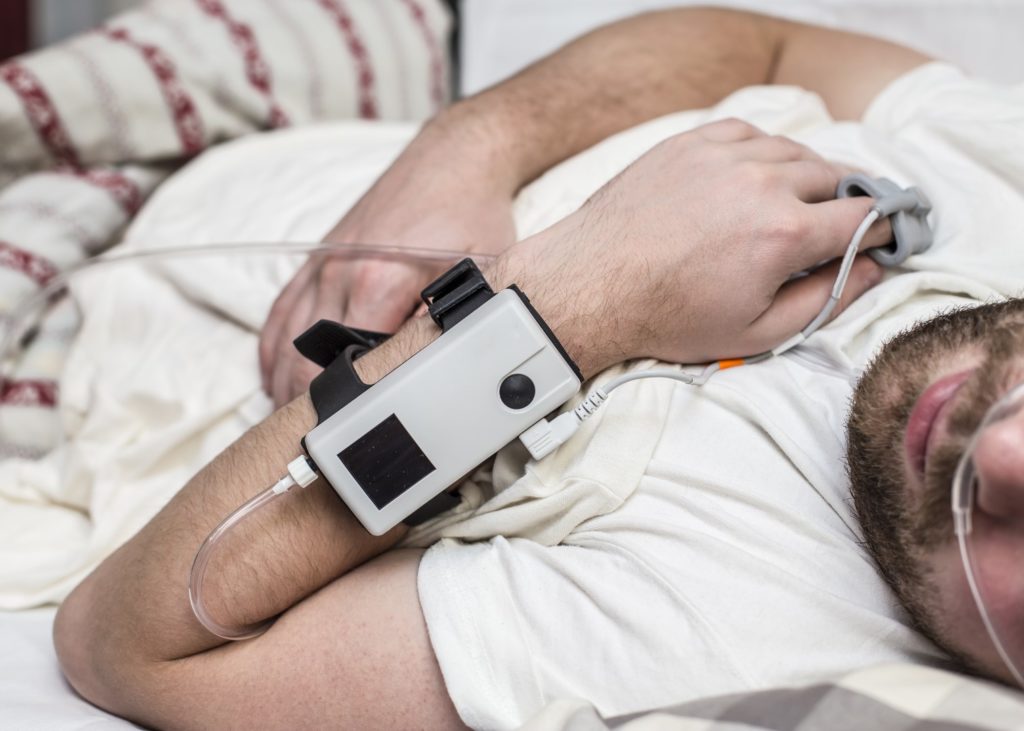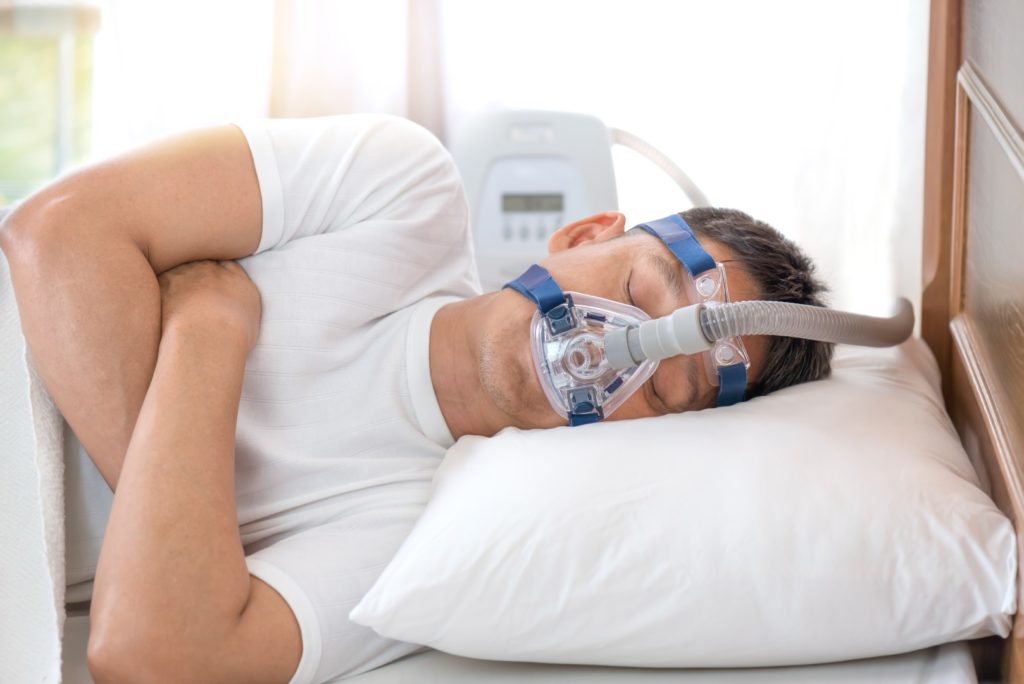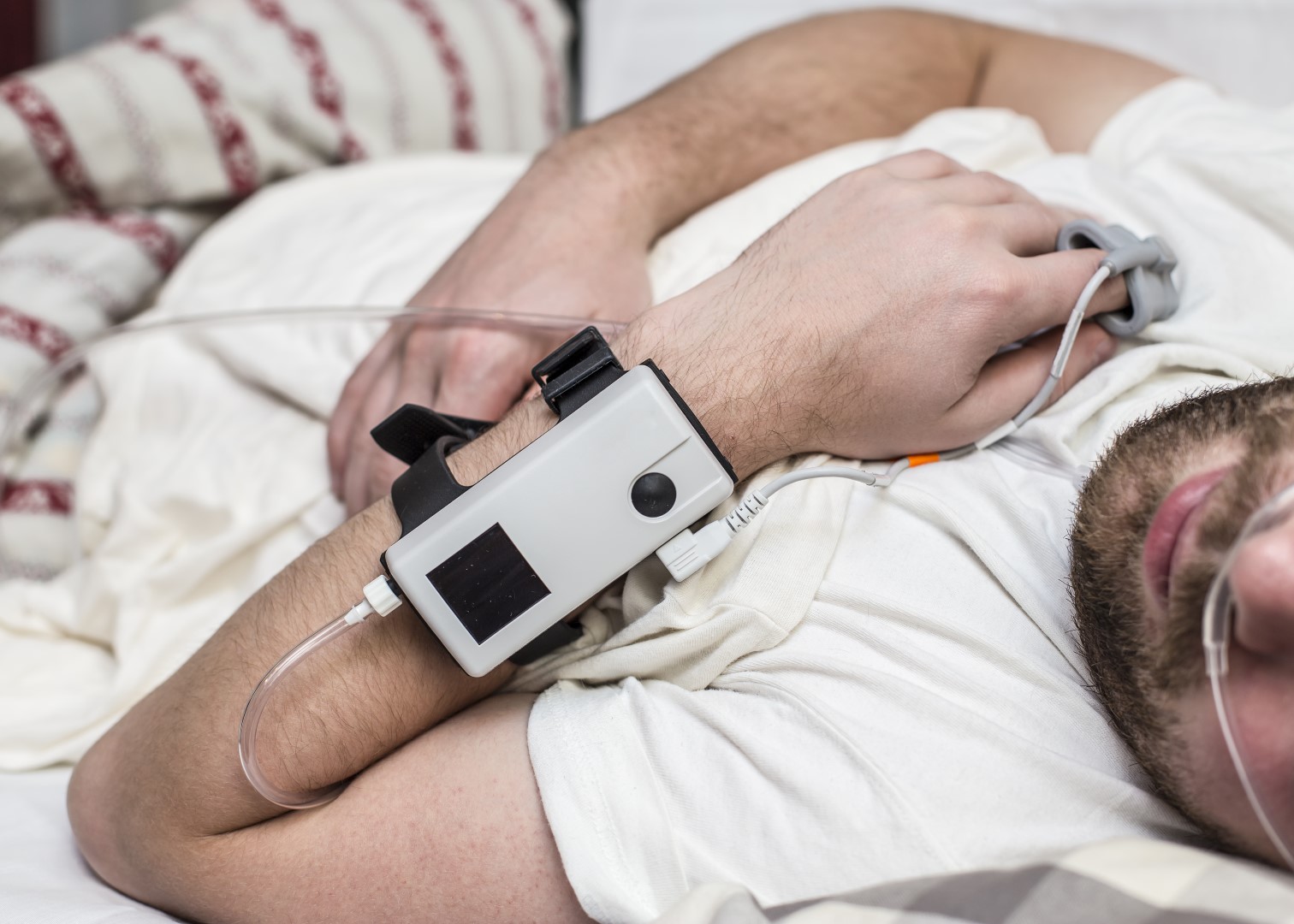
Polysomnography is a sleep study conducted overnight in a sleep lab which measures brain activity, eye movements, blood pressure, heart rate, body movements and much more while you sleep. The results would determine if you suffer from a sleep disorder such as obstructive sleep apnea or other sleep-related issues which can be detrimental to your health.
If you suffer from snoring, gasping for air while you sleep, or extreme daytime sleepiness then, you are the perfect candidate to participate in a sleep study. Sleep disorders not only affect your quality of sleep at night but your awake hours as well.
One of the most disruptive daytime symptoms I recall my partner suffering from was his excessive sleepiness. It would happen at the worst times like driving, at work, at dinnertime with the family, and other events. He would miss out on so much in his life because he had the constant need to sleep. Irritability became his normal which affected the whole family, and as such he resisted for a long time to see a specialist. Only when his medical practitioner pointed out to him that his blood pressure was on a steady rise, his cholesterol levels were also elevated, and he looked 20 years older than he should have, did he decide to take control of his health.
There was a choice of 3 different sleep study tests that were offered to him, namely:
1) Polysomnogram, which as mentioned earlier, tests you while you sleep,
2) Maintenance Wakefulness Test (MWT), which measures how alert you are during the day, and
3) Multiple Sleep Latency Test (MSLT), also conducted during the day which measures how sleepy you get during the day while being tested, and can also measure if the equipment used to help your disorder is yielding results.

He chose the Polysomnogram and made the arrangements at the Sleep Clinic in a nearby hospital. He prepared as though he were going on an overnight trip, and once he arrived, they settled him into a small room that looked like your average bedroom. To get an accurate reading, no preparations are to be done beforehand as the technicians need to measure all the usual steps you take to get ready for bed. He was eventually hooked up to a variety of wires and electrodes all over his body and face, including a microphone to measure the sound of his snoring. Another technician began her work behind the glass wall.
As he slept, the technician watched all the readings including blood pressure, body movements, heart rate and recorded irregularities. By the morning, he woke up, signed some papers, and came home. Several days later, his medical practitioner advised him that he indeed was suffering from sleep apnea and recommended he uses a CPAP machine which delivers a stream of compressed air via a mask, every night.
Although it took some getting used to, just knowing what was affecting him and seeing a measurable improvement in his health, was well worth the trouble. Now that he has more energy during the day, he has made some lifestyle changes including, weight management with a healthier diet, and more exercise. Other recommendations for improving his sleep quality now include an adjustable bed which reduces the amount of time he needs the CPAP. The MLST is showing that he is getting sufficient sleep and his awake hours are better than ever!
Gerry, Your Sleep Expert

